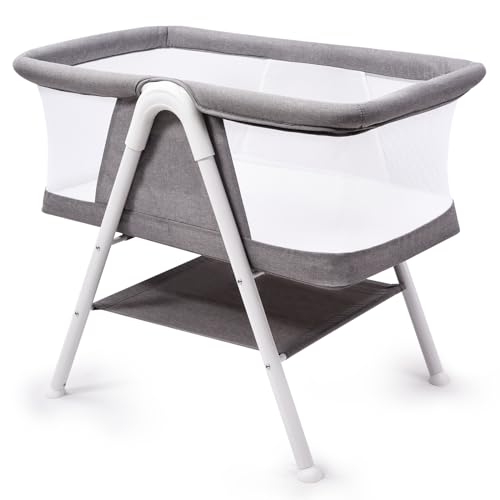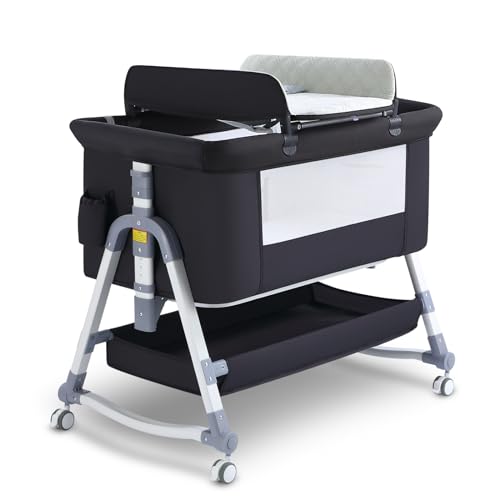
Best Cots
Add a review FollowOverview
-
Sectors Internet (E-Commerce)
-
Posted Jobs 0
-
Viewed 2
Company Description
Five Killer Quora Answers To Tots And Cots
Tots and Cots: A Comprehensive Guide for Parents
When it concerns ensuring a safe and comfy sleeping environment for children and young children, the options moms and dads make– ranging from cribs to cots– can significantly affect their well-being. Today’s short article dives deep into the complexities of choosing the best sleeping arrangements for tots, emphasizing safety, style, functionality, and how these choices progress as a child grows.
Comprehending Tots and Cots
tots and cots usually refer to young kids, particularly young children aged in between 1 to 3 years, while cots are the sleeping plans specifically designed for infants and toddlers. The proper sleeping equipment for this age consists of numerous types of cots, cribs, and toddler beds.
Types of Cots
Numerous styles exist to fulfill the varied requirements of both moms and dads and children. Below is a list outlining the most typical kinds of cots available:
-
Standard Crib
- A traditional crib is designed for babies and generally includes sides that can be changed to different heights.
-
Convertible Crib
- This type of crib can transform into a toddler bed, daybed, or full-sized bed as the kid grows, making it a long-lasting investment.
-
Portable Crib
- Likewise called travel cots, these are lightweight and quickly foldable, ideal for taking a trip or smaller home.
-
Co-Sleeper
- A co-sleeper crib connects to the side of the parents’ bed, permitting easy access while guaranteeing the baby has a different and safe sleeping space.
-
Young child Bed
- A young child bed is a little bed that looks like a basic bed however is created particularly for toddlers, typically including safety rails.
-
Mini Crib
- Mini cribs are smaller than basic cribs, making them an excellent alternative for tight areas, however they are ideal for babies just.
Safety Considerations
Guaranteeing security is paramount when choosing a cot for a kid. Here are critical safety standards parents should think about:
- Check for CPSC Certification: Ensure that the cot follows the Consumer Product Safety Commission (CPSC) standards.
- Prevent Drop-Sides: nursery cots with drop-sides have actually been linked to safety threats, and the most recent safety regulations prohibit them.
- Utilize a Firm Mattress: A company bed mattress decreases the threat of suffocation and ought to fit comfortably within the cot.
- Keep Bedding Simple: Use a fitted sheet and prevent pillows, comforters, and stuffed animals that can posture suffocation threats.
- Follow Weight and Age Guidelines: Ensure the child has actually not exceeded the cot for sale‘s weight limit and is still within the suggested age.
Transitioning from a Cot to a Toddler Bed
The shift from a cot beds to a young child bed can be a psychological turning point for both moms and dads and kids. Here are steps to alleviate the shift:
Timing
Choosing when to shift can be subjective, but it’s typically suggested to make the switch between 18 months and 3 years, based upon elements like:
- Physical Ability: If the kid is climbing out of the cot.
- Potty Training: Consider transitioning if the child is potty training and needs much easier gain access to.
- Behavior: Exhibiting signs of maturity, such as following guidelines or expressing a desire for independence.
Tips for Making the Transition Smooth
-
Include Your Child: Let the kid select their new bed linen or bed decor to instill excitement about the change.
-
Keep Routine Consistent: Maintain the kid’s bedtime routine to provide convenience throughout this duration of modification.
-
Explain the Change: Discuss the shift to a young child bed positively, making it sound like an excellent adventure.
-
Safety Measures: Place the bed versus the wall or use bed rails to avoid falling during sleep.
Picking the Right Bed
When selecting a young child bed, parents need to think about aspects like:
- Height: Low-profile beds are perfect for toddlers who may fall out during sleep.
- Resilience: Ensure the bed can stand up to active play in addition to sleep.
- Style and Design: Choose a design that complements the child’s space and is appealing to the kid.
Choosing the ideal cot for your youngster can be a challenging process, however understanding the options offered, key safety considerations, and the ideal timing for transitioning to a toddler bed can make this journey much easier for parents. Investing effort and time into these choices will guarantee that your kid has a safe, comfy, and nurturing sleep environment.
Frequently asked questions
1. What is the distinction in between a cot and a crib?
- A cot is normally a smaller sized bed developed for younger young children, while a crib is a larger bed that is generally appropriate for babies as much as 3 years old.
2. When should I move my kid from a crib to a toddler bed?
- The shift time is usually between 18 months and 3 years; this change is based on the kid’s physical capabilities and behavioral signs.
3. How can I guarantee my child is safe while sleeping?
- Always comply with security requirements, utilize a company bed mattress with a simple bed linen arrangement, and keep track of the cot’s weight limit.
4. What should I do if my child tries to climb up out of the cot?
- If your kid is climbing up out, it might be time to consider transitioning to a young child bed to avoid falls.
5. Can I utilize the same bed mattress when transitioning?
- Normally, it is best cot bed to replace the crib mattress with one that is particular to the young child bed. Ensure it fits snugly and adheres to security requirements.
By considering these aspects, parents can model healthy sleep practices and offer their kids with a secure environment that promotes relaxing sleep. Purchasing quality sleeping arrangements will add to the child’s general development and happiness.


